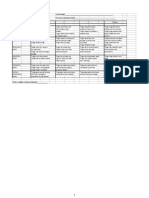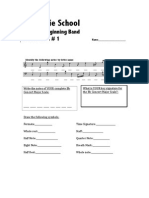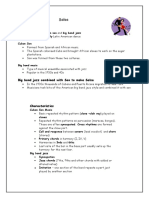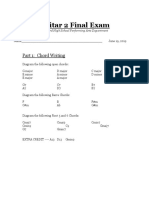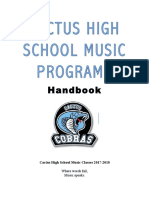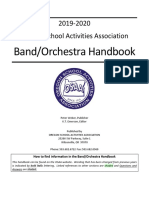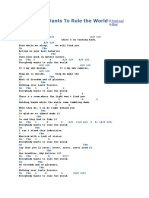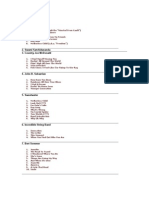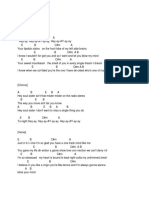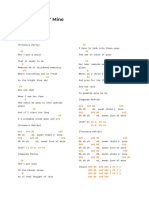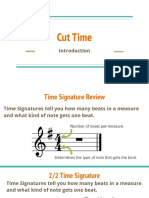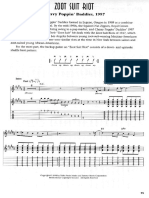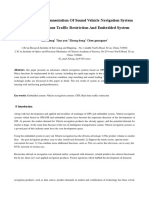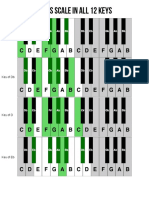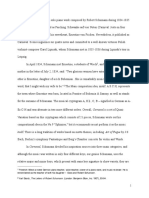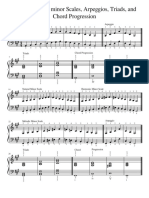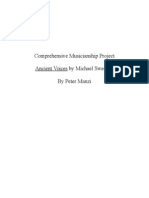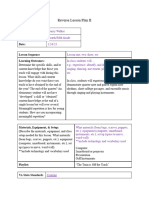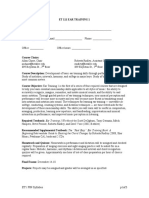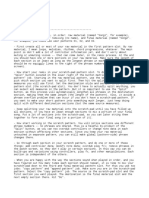0% found this document useful (0 votes)
528 views8 pagesThe Number System
The document provides instruction on playing the number system on piano. It explains that the left hand plays the bass note, which identifies the chord number, while the right hand plays the corresponding major chord. It demonstrates how to play the 1-8 chords in the key of C using different bass notes and major chords or their inversions. It also maps out the number system chords for other keys like F, Bb, Eb, Ab, Db, Gb, B, and E.
Uploaded by
seyiseyiCopyright
© © All Rights Reserved
We take content rights seriously. If you suspect this is your content, claim it here.
Available Formats
Download as PDF, TXT or read online on Scribd
0% found this document useful (0 votes)
528 views8 pagesThe Number System
The document provides instruction on playing the number system on piano. It explains that the left hand plays the bass note, which identifies the chord number, while the right hand plays the corresponding major chord. It demonstrates how to play the 1-8 chords in the key of C using different bass notes and major chords or their inversions. It also maps out the number system chords for other keys like F, Bb, Eb, Ab, Db, Gb, B, and E.
Uploaded by
seyiseyiCopyright
© © All Rights Reserved
We take content rights seriously. If you suspect this is your content, claim it here.
Available Formats
Download as PDF, TXT or read online on Scribd
/ 8



